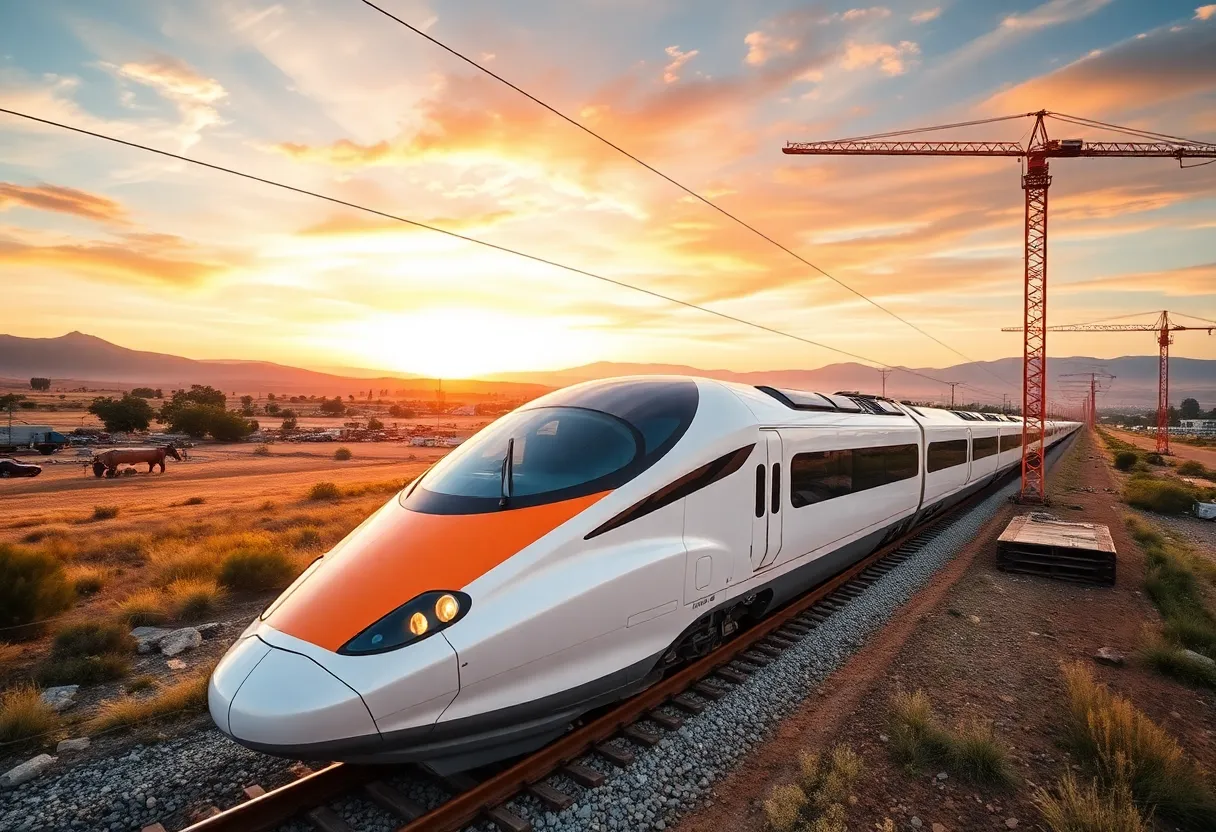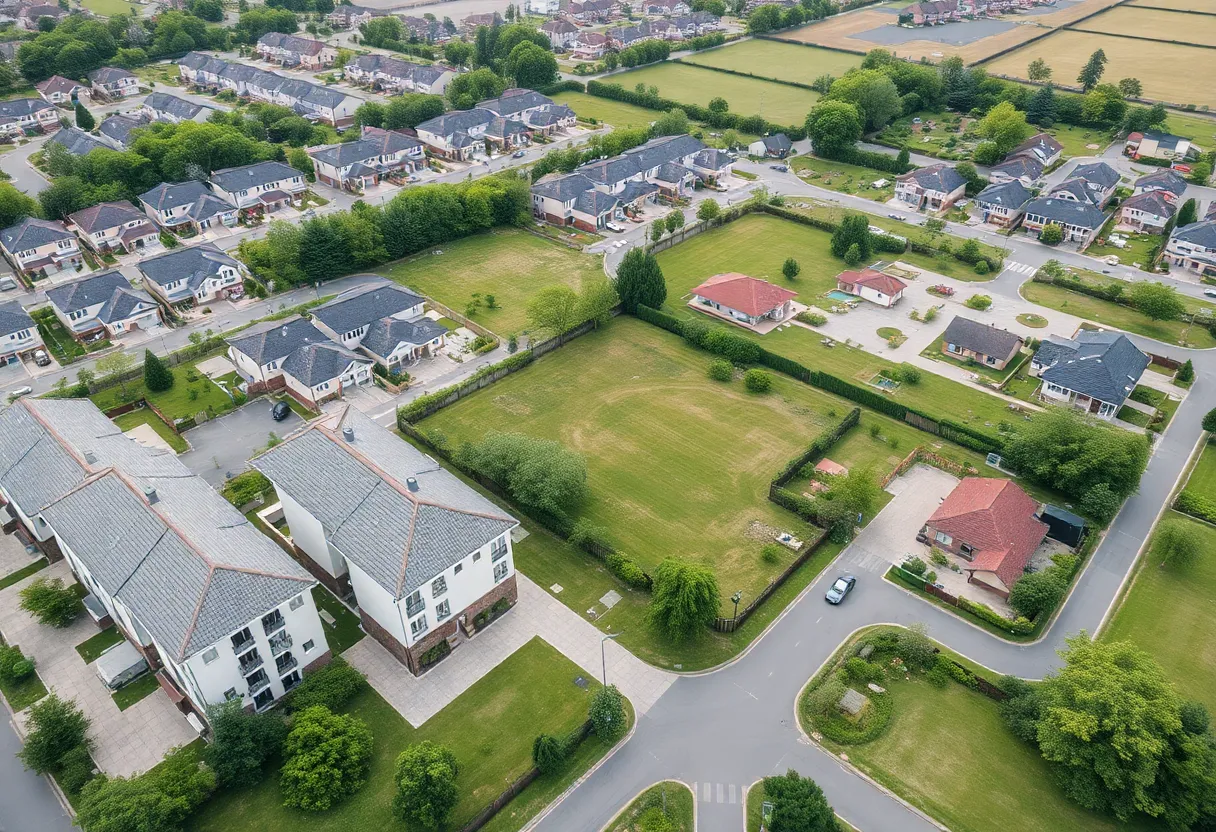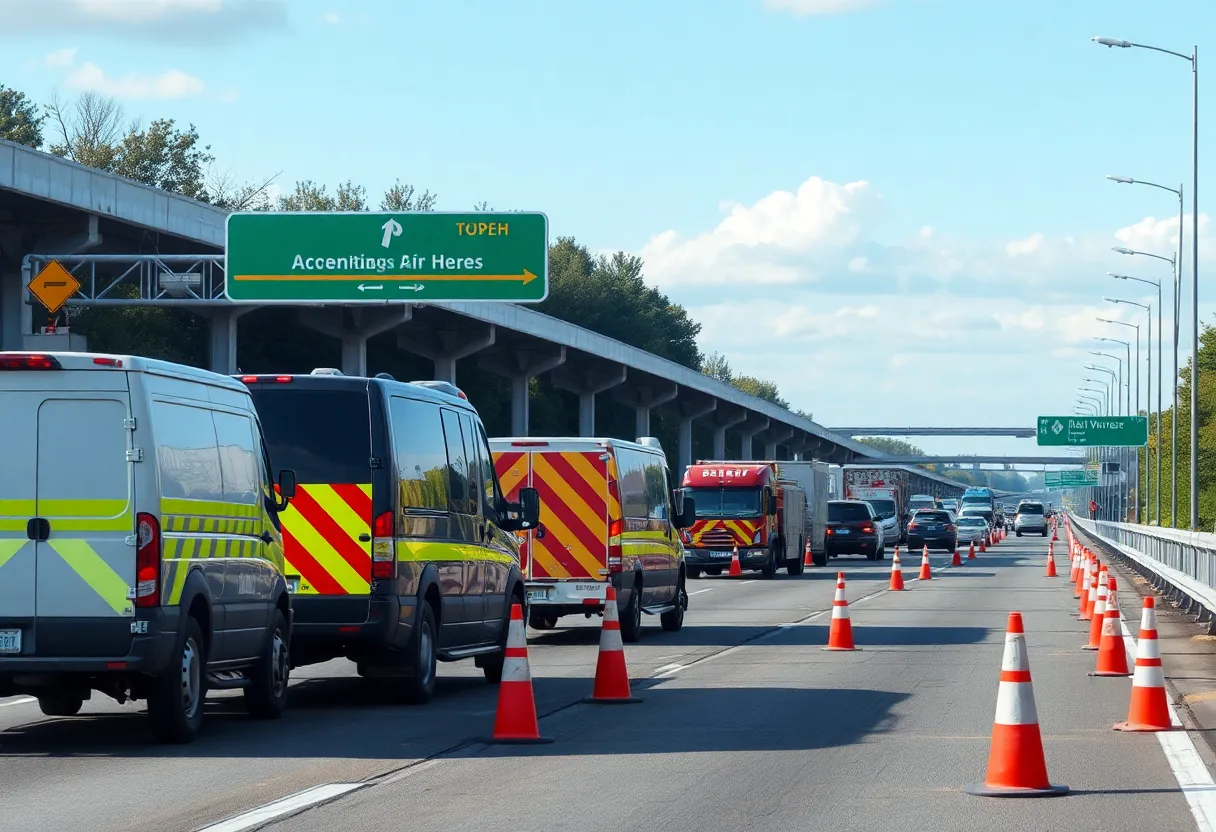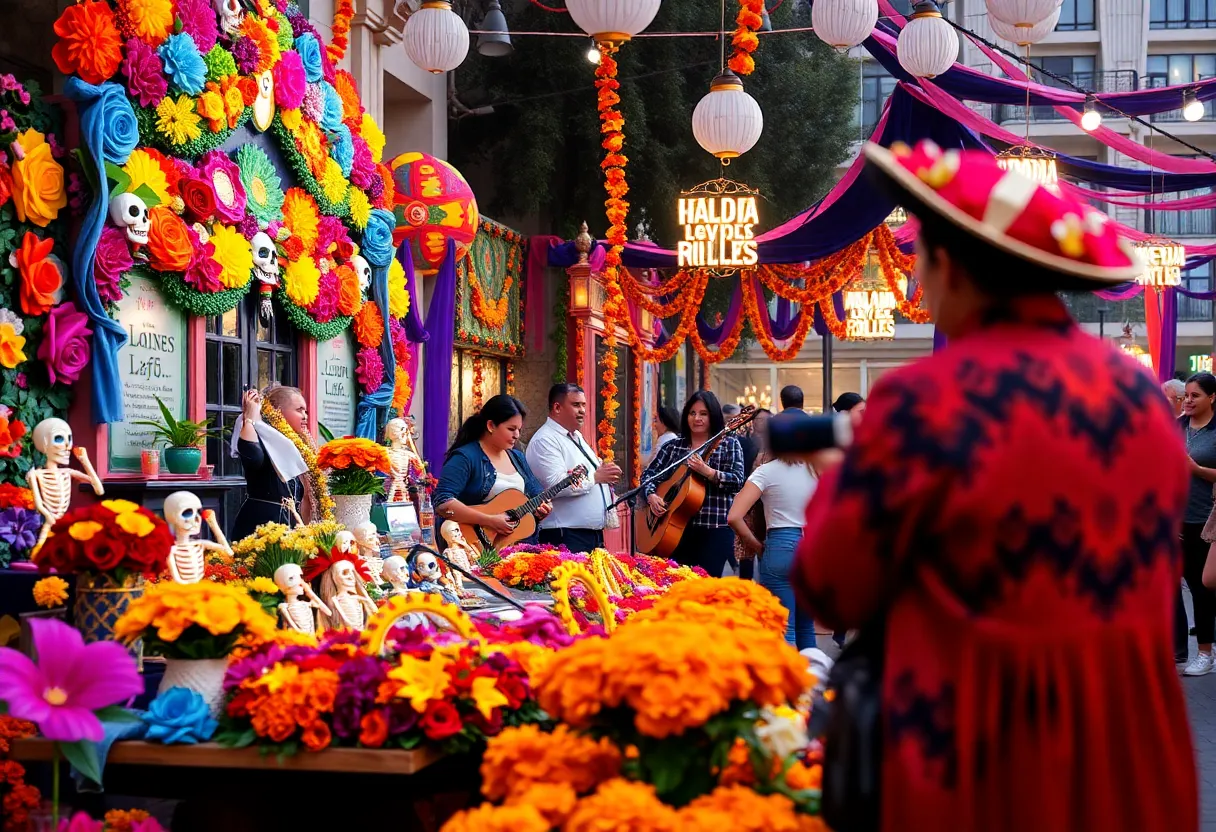News Summary
California’s high-speed rail project struggles with delays and soaring costs, now estimated over $100 billion. New CEO Ian Choudri aims to address these issues and revitalize the project, which hopes to establish a high-speed transit system by 2033. With substantial state funding already used, the future of the ambitious initiative hangs in the balance as leadership strives for a viable financing plan and updated timelines to gain public confidence.
California’s high-speed rail project continues to grapple with significant delays and escalating costs, raising concerns over its future viability. With the only completed segment expected to be located in the Central Valley by 2033, the ambitious plan originally envisioned a rapid transit system operational by 2020.
Recently appointed CEO Ian Choudri is tasked with reinvigorating the project in light of these challenges. Choudri aims to address the spiraling costs, which have soared from an initial $10 billion estimate in 2008 to over $100 billion today, while also navigating potential loss of federal funding.
As a part of this effort, the California High-Speed Rail Authority is required to devise a financing plan for the Central Valley segment by mid-2026. To date, approximately $13 billion has been spent on various components of the project, with the majority of funding sourced from state resources, including voter-approved bonds and cap-and-trade funds. Federal contributions have accounted for less than 25% of the total funding.
Current Status of the Project
The construction status of the project includes the establishment of over 50 structures, such as bridges and viaducts, although no tracks have been laid to date. Current construction entails major works like the Hanford Viaduct and Tied Arch Bridge over State Route 43. Despite this progress, the overall timeline for completion is shifting, with the expected duration for the San Francisco to Los Angeles segment stretching close to two additional decades.
Leadership Changes and Future Plans
The appointment of Choudri comes during an intensive review of the project by the Department of Transportation due to the ongoing complications surrounding delays and budget overruns. Choudri has emphasized the necessity for a program that would secure commitments from the state to repay private investors, complete with interest, to help support the project’s financial needs.
Choudri is preparing to provide lawmakers with an updated timeline and financial estimate later this summer, an initiative that is seen as crucial for revitalizing confidence in the project. However, skeptics remain unconvinced about the project’s long-term feasibility, voicing concerns that it may ultimately leave behind an unused and underutilized infrastructure.
Overall Goals and Performance
The overarching aim of the California high-speed rail project is to create a transit system capable of achieving speeds up to 220 miles per hour, positioning it as the fastest ground travel option in the United States. This ambitious goal is central to the vision of enhancing transportation across the state and linking major urban centers.
In summary, the California high-speed rail project is at a critical juncture, facing significant financial and operational hurdles. With new leadership in place and a focus on reassessing funding strategies, the project must navigate a complex landscape to achieve its lofty goals and meet the expectations set forth when it was initially proposed to voters.
Deeper Dive: News & Info About This Topic
- Los Angeles Times: High-Speed Rail Leaders Sound Alarm
- Wikipedia: California High-Speed Rail
- New York Times: High-Speed Rail in California
- Google Search: California High-Speed Rail
- Newsweek: California High-Speed Rail Milestone
- Encyclopedia Britannica: High-Speed Rail
- Daily Caller: High-Speed Rail Leaders Sound Alarm
- Google News: California High-Speed Rail Finance

Author: STAFF HERE COSTA MESA WRITER
The COSTA MESA STAFF WRITER represents the experienced team at HERECostaMesa.com, your go-to source for actionable local news and information in Costa Mesa, Orange County, and beyond. Specializing in "news you can use," we cover essential topics like product reviews for personal and business needs, local business directories, politics, real estate trends, neighborhood insights, and state news affecting the area—with deep expertise drawn from years of dedicated reporting and strong community input, including local press releases and business updates. We deliver top reporting on high-value events such as the OC Fair, Concerts in the Park, and Fish Fry. Our coverage extends to key organizations like the Costa Mesa Chamber of Commerce and Boys & Girls Clubs of Central Orange Coast, plus leading businesses in retail, fashion, and technology that power the local economy such as Vans, Experian, and South Coast Plaza. As part of the broader HERE network, including HEREAnaheim.com, HEREBeverlyHills.com, HERECoronado.com, HEREHollywood.com, HEREHuntingtonBeach.com, HERELongBeach.com, HERELosAngeles.com, HEREMissionViejo.com, HERESanDiego.com, and HERESantaAna.com, we provide comprehensive, credible insights into California's dynamic landscape.





